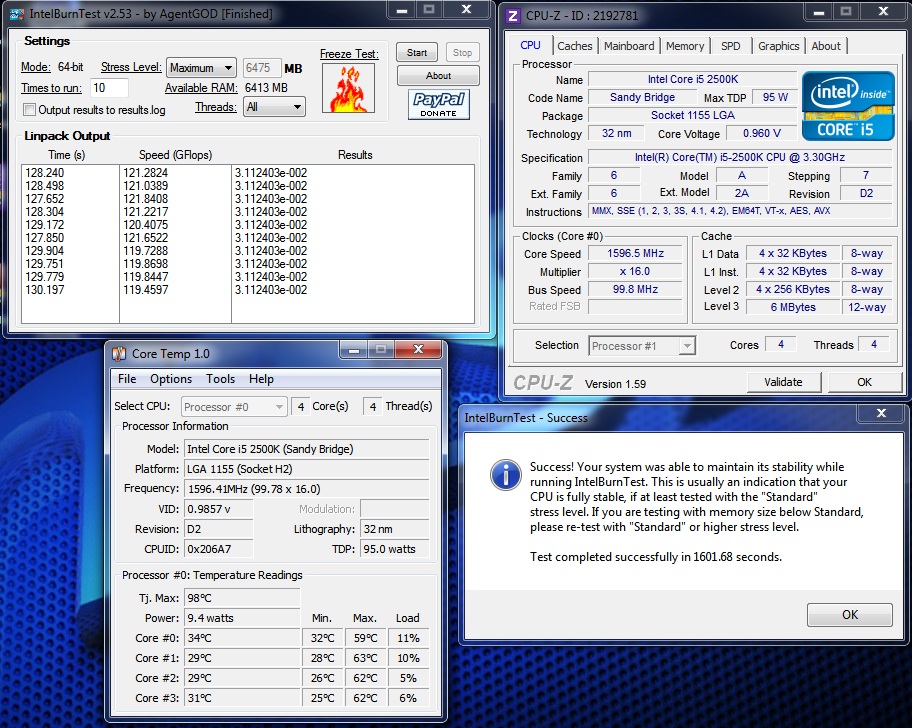
And, the temperature shown in your BIOS will always be a bit higher reading than what it will be when the system is idling in Windows, because BIOS will always boot your processor using higher voltage levels in order to make sure that it will initialize. However, this reading will only give you the idle temp for your CPU and won’t help you when stress testing your system. You can check your CPU core temperature directly through your motherboard’s BIOS. There are quite a few different ways to do this.
#INTEL BURN TEST CRASHING AT 79C HOW TO#
How to Check Your CPU’s Temperatureįirst off, before you can determine whether or not you are getting safe CPU temperatures, you will need some way to check and see what temperature your processor’s cores are actually running at. For a better way to check and understand whether or not your processor’s temperatures are acceptable or not, keep reading this guide. It’s probably not the best way to figure out if your temperatures are appropriate or not. So, in other words, if your CPU is hitting those temperatures on a regular basis, you will likely want to dive into the problem further and see what is going on.Īgain, this is a generalization.
#INTEL BURN TEST CRASHING AT 79C FULL#
I suggest that you read this guide in full to gain a better understanding on how you should proparly check and see what temperature your CPU (or, rather, your CPU’s cores) should be running at.īut, as a generalization that might help you identify a serious problem, if you have an Intel or AMD processor, you could say that a CPU core temperature of over 45-degrees Celsius while idling and/or a temperature of over 95-degrees Celsius while under full load is probably a cause for concern. “Normal” CPU temps are going to vary quite a bit depending on the processor. The Quick Answer – Are Your CPU Temps too High?Īgain, there is no way to give you an accurate one-size-fits-all answer to whether or not your CPU temperatures are too high or not. You’ll also learn how to determine whether or not your processor is running at the appropriate temperature. In any case, though, after reading through this guide, you’ll have a solid understanding of safe CPU temps. But, just know that it will never be a great way to determine whether or not your CPU temps are too high or not.) (If you are looking for a quick answer, we have attempted to give you a one-size-fits-all answer below. And, there is really not a one-size-fits-all approach to determing normal CPU temperature ranges. We’ll also help you figure out how hot your CPU should be running.īecause, ultimately, every processor is built to run at slightly different temperature ranges. In this guide, we’ll show you how to check your processor’s noprmal temperature range. Whether you have just built your own computer, or you’ve got an older system that you want to check up on, it is always a good idea to monitor you CPU’s temperature…īut monitoring your processor’s temperature won’t do you any good if you don’t know what temperature it should be running at.

In this guide, we’ve detailed how you can check your CPU temperatures and determine whether or not your processor is operating in a safe range.


 0 kommentar(er)
0 kommentar(er)
